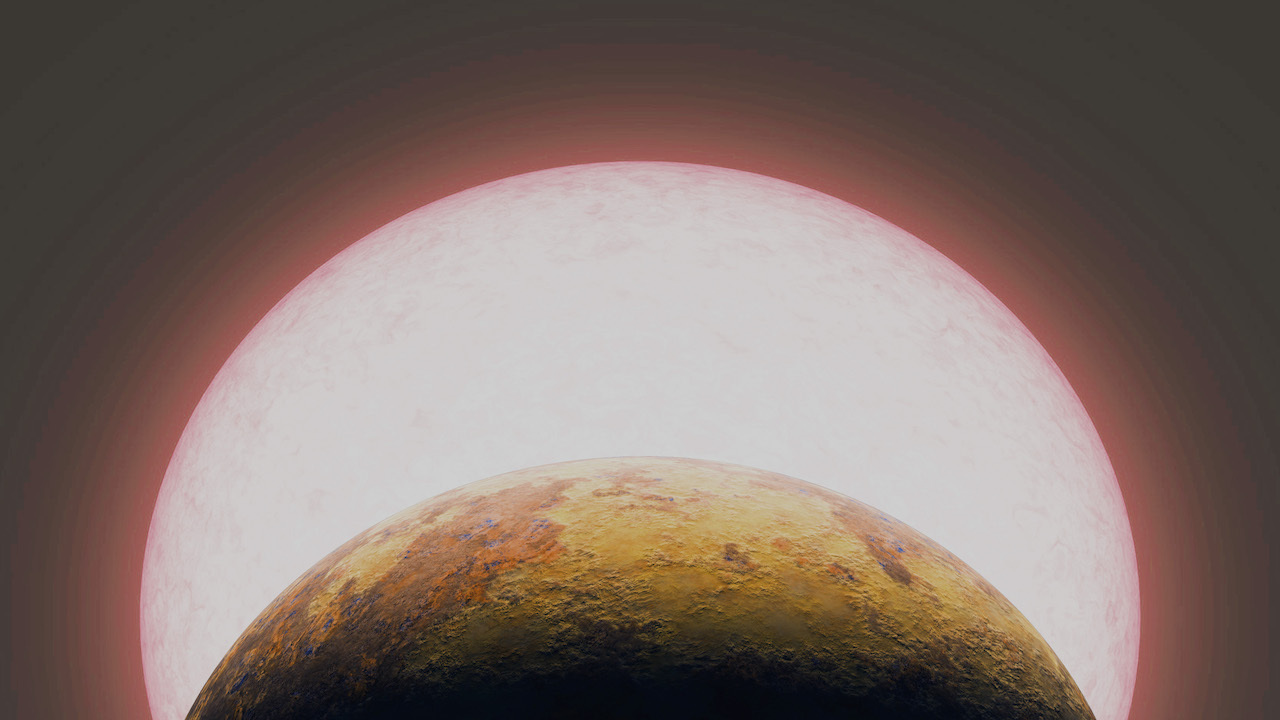American astronomers announced the discovery of a previously unknown exoplanet. It belongs to the super-Earths and has record characteristics.

The discovery was made by the TESS space telescope. While analyzing its data, astronomers discovered periodic fluctuations in the brightness of a small orange dwarf located approximately 200 light-years from Earth. Every 14.5 hours, its brightness decreases, which indicates the presence of an invisible satellite. It received the designation TOI-1075 b.
During further observations, astronomers confirmed the existence of an exoplanet and managed to determine its characteristics. It is one of so-called super-earths. They include exoplanets whose mass is greater than the Earth’s, but less than the Neptune’s.
The radius of TOI-1075 b exceeds the radius of the Earth by 1.8, and the mass is almost 10 times greater. Today, it is one of the biggest of this class found by astronomers. According to astronomers, it is a real “Hulk” among super-Earths. An observer standing on the surface of TOI-1075 b would weigh three times more than on Earth.
Most super-Earths are believed to have a dense hydrogen-helium atmosphere. However, this is hardly true in the case of TOI-1075 b. Due to its extreme proximity to the star its surface is heated to a temperature of 1050 °C. In addition, the results of the measurements indicate that the average density of TOI-1075 b is 9.3 g/cm³, which is almost twice the average density of the Earth. This suggests that under the influence of radiation from its native star, the super-Earth has completely lost its gas shell and is now a “naked” sphere.
Earlier we told how astronomers managed to find a doomed Jupiter-like exoplanet.
According to https://exoplanets.nasa.gov

